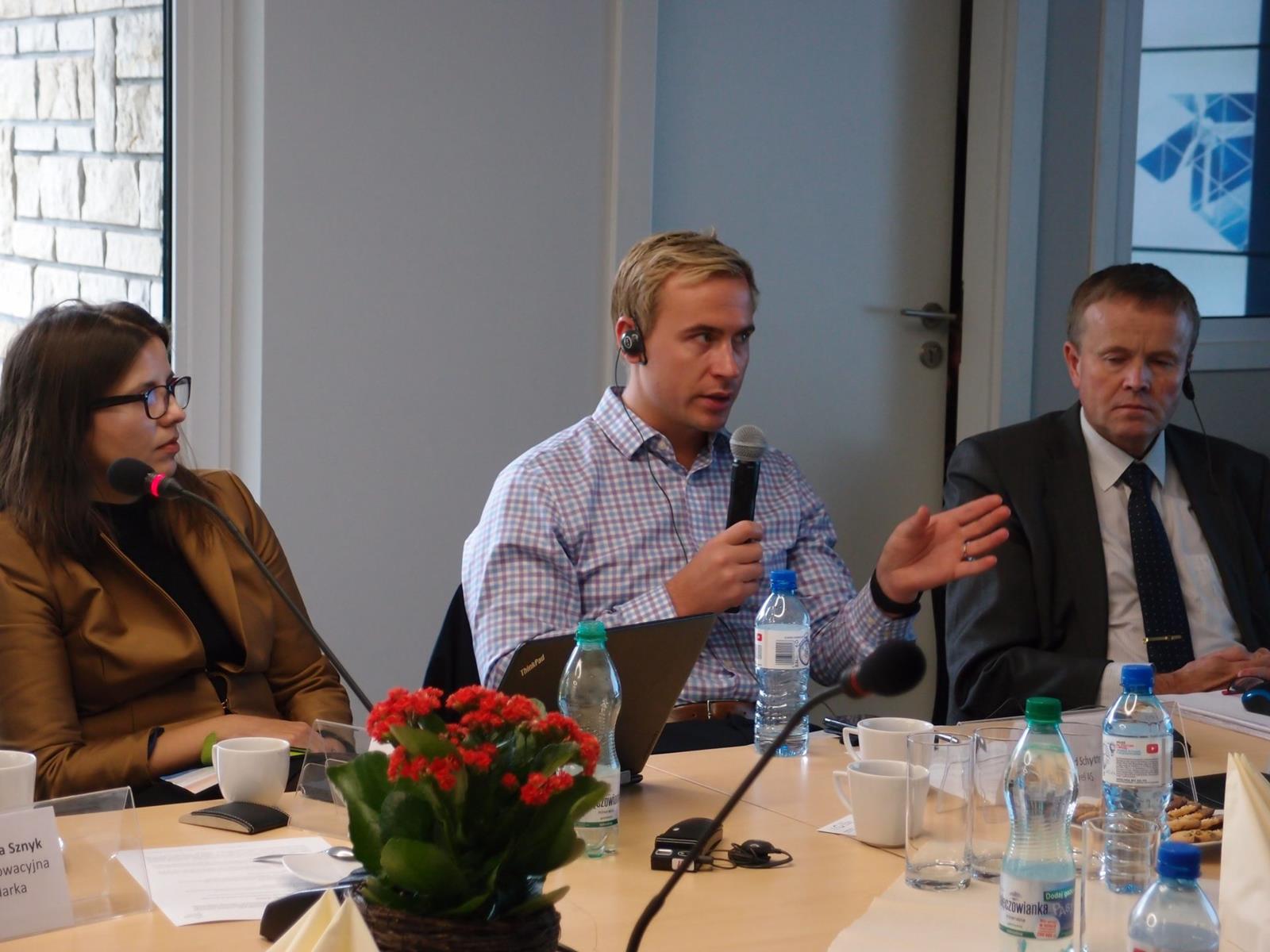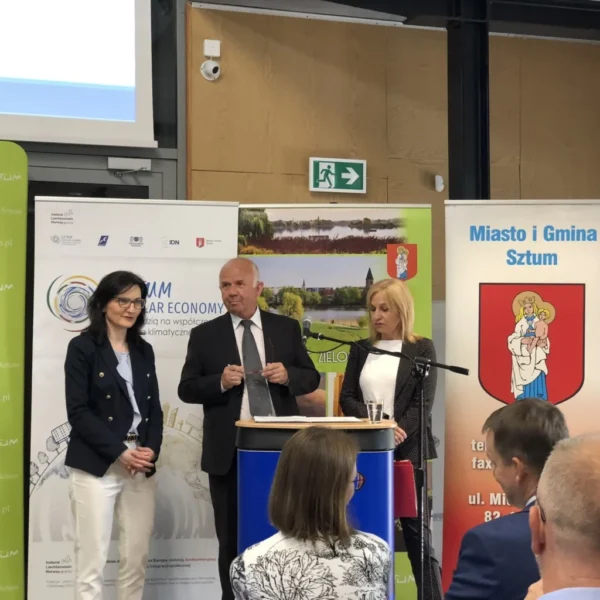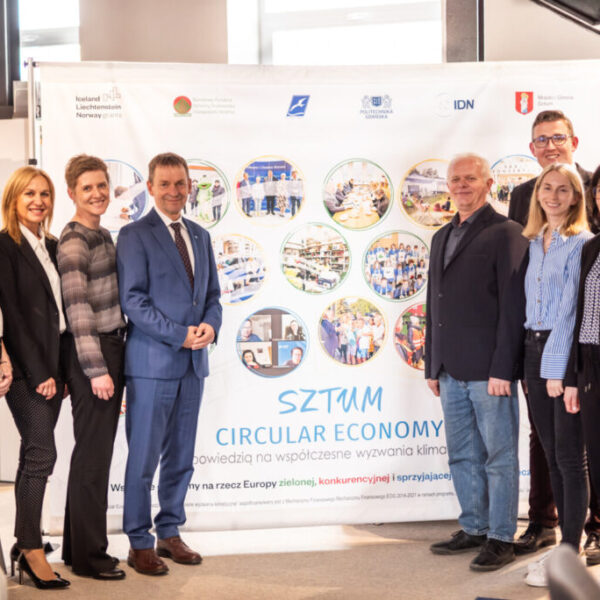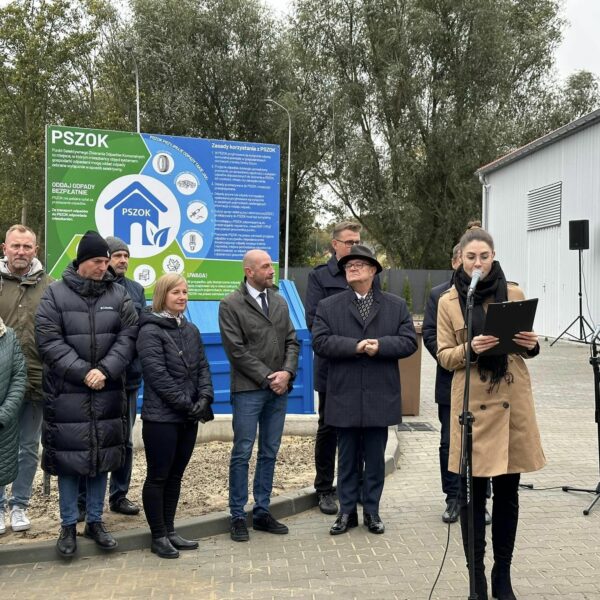

Debate on innovation in the energy sector
How will innovation affect the future of power engineering in Poland and in Norway?
How will innovation affect the future of power engineering in Poland and in Norway?
Under this motto was another closed debate organized by the Institute for Innovative Economy and International Development Norway as part of a project financed by the Norwegian Financial Mechanism. Experts from both countries stated that there is great potential for cooperation in the field of renewable energy and electromobility. The debate was attended by leading representatives from the energy sector, who exchanged their experiences and knowledge with experts from Norway. They talked about a system of incentives for investment in renewable energy sources, the future of wind power, the development of distributed energy and the digitization of the energy sector.
According to Norwegian experts, much of the energy produced and used in Norway comes from renewable sources, primarily from water and wind energy. The national target is to achieve a 67.5% share of renewable energy in the national energy mix. In Poland, this level is only 12% of RES production.
In Norway, many incentives (also financially) for more environmentally friendly decisions are introduced at national level and new, climate-friendly technologies and solutions are being sought. These include, for example, carbon tax, tax incentives for the purchase of electric vehicles, and national programs to support and finance innovative projects, such as “Future Cities” and “FutureBuilt.” Enova SF, established in 2001 and subordinated to the Ministry of Oil and Energy, is the main national institution supporting and funding pro-energy projects. The resources at their disposal come from an additional fee charged to energy bills and are used to finance projects in areas where the most energy-efficient or clean-energy generation can be documented.
An interesting solution is Norwegian-Swedish cooperation in the field of RES, based on the establishment of a common system of green certificates for green energy producers. One certificate corresponds to 1 MWh of energy produced from renewable sources, irrespective of the technology used, with a price determined by the national level. This mechanism, both on the Swedish and Norwegian sides, significantly expands on fulfilling the RES targets (about 50% of the planned ceiling – in the case of Norway 67.5).
Katarzyna A. Kazimierczuk from IDN, presenting the Norwegian energy development and energy efficiency support system, emphasized the role of Enova, which is a key institution supporting financial activities. At present, Enova runs more than 20 support paths, targeting both households and private investors. Regardless of the extensive grant system (it should also be remembered that the Norwegian energy sector is over 90% state, so the redistribution of funds to Enova is facilitated), Richard Schnytte (POWEL AS) noted that investors in Norway generally do not make their decisions dependent on available subsidies only looking for business opportunities. Anders Stølan also described an interesting mechanism applied at the level of self-governments, which also includes planning for a sustainable and climate-friendly energy development. The “municipal energy and climate planning” guidelines and supporting Internet solutions allow local units to develop their own policies and tasks in the field.
Both countries see great potential in the development of distributed energy, which will allow the development of local regions and municipalities. Arnold Rabiega from Institute of Renewable Energy drew attention to the role of clusters, which in the economy are nothing new. The novelty is their variation of energy clusters, which require quite deep and complex legislative intervention. In a broader perspective, we are dealing with a new, very attractive business model in the distributed energy sector, “said Rabiega.
Experts from Norway also pointed to the growing role of digitization in energy management processes – both in planning and implementing local MicroGrid projects such as maintenance and, finally, ongoing contact with the consumer.
It was definitely an interesting meeting which helped to get closer Norwegian and Polish experts. Despite it is hard to compare both countries experts managed to identify spots where it is worth and possible to use Norwegian experiences.



